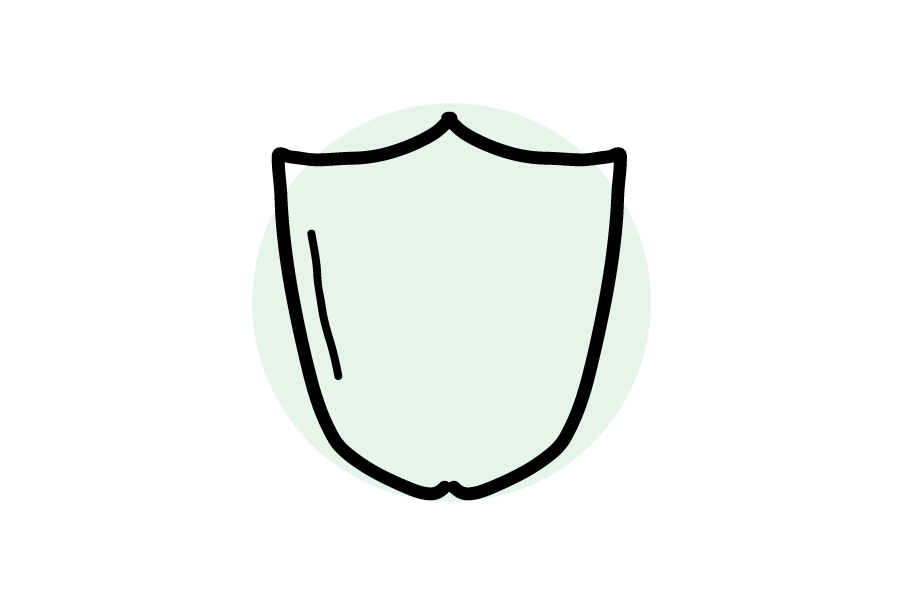Reef Research celebrates the importance of marine protected areas (MPAs) for scientific discovery and for sustaining a balanced ocean. In partnership with the South Carolina Department of Natural Resources (SCDNR), we’re currently leading a research project at newly designated MPAs, Areas 51 and 53, made of artificial reefs – the first of their kind in the nation. In the pilot project, we studied the effects of removing lionfish from the MPAs to determine changes to the abundance and diversity of other species.





What’s the Difference?
Artificial Reef

Man-made structures, called artificial reefs, are purposefully sunk to create more communities for marine life. Some unconventional items such as ships, trains, bridges and cars have been recycled into artificial reefs. South Carolina Department of Natural Resources (SCDNR) also creates their own by designing molds to make box and cone-shaped reefs out of concrete, using PVC pipes to construct holes through which the fish can swim in and out. Currently, 48 artificial reef sites are maintained by SCDNR.
Marine Protected Area (MPA)

Some real and man-made habitats have permits for extra protection, such as fishing restrictions. A habitat can become an MPA with approval from the South Atlantic Fishery Management Council (SAFMC). MPAs keep species safe by helping them grow with minimal threats. Over time, the MPAs become overcrowded and fish will float into unprotected waters. This is known as “spillover.” When spillover occurs, the entire food web (including fishermen) benefit.
A Day At Sea: Reef Research
Aquarium staff start the day by loading up all equipment needed – dive gear, tanks, waterproof survey paper, Zookeeper tubes for lionfish and snacks! It takes 60+ minutes to reach the MPAs.

Each MPA has four survey corners. One diver captures three 5-minute videos. The other observes, paying close attention to fish species and quantity, to mark on the survey.

There are two corners on each MPA where divers can catch and cull lionfish after surveying – this is to see if there’s a difference in fish populations when lionfish are present or not.

Once back at the Aquarium, it’s time to unload all supplies, clean the boat, get the dive gear ready for maintenance and take measurements of the culled lionfish.


At the MPA, the boat captain marks the location, time and current depth. The divers put on their gear (including cameras to capture footage) and descend in teams of two 75 – 105 feet below.

Each corner is separated by a few miles, so boating to each location is necessary. Divers will repeat the surveying process and take turns diving at each corner for safety reasons.

After all four corners at the MPA have been surveyed, the trek back to Charleston begins! In one day, there’s usually only time to survey one MPA. The other MPA will be surveyed on another day.

The last step of the day is to input all survey data and download video footage from the day’s activities. All of this information will be compiled and analyzed by the principal investigator.





Dive Deeper:
Watch Reef Research in Action
The Real Deal about Artificial Reefs
What’s So Special About the Site of Reef Research?
The Unwelcome Ocean Guest: Lionfish
Prepping an Underwater Lab Space
A Day at Sea with Reef Research
Sneak Peek: Who’s Living on the Local Reefs?
Exciting Encounters: Mola Mola
Exciting Encounters: Atlantic Spotted Dolphin
If You Build It… They Will Come
Corals: Creating the Foundation
Reef Research is possible thanks to the following supporters and collaborators:
Jordana and Scott Snider
South Carolina Department of Natural Resources

